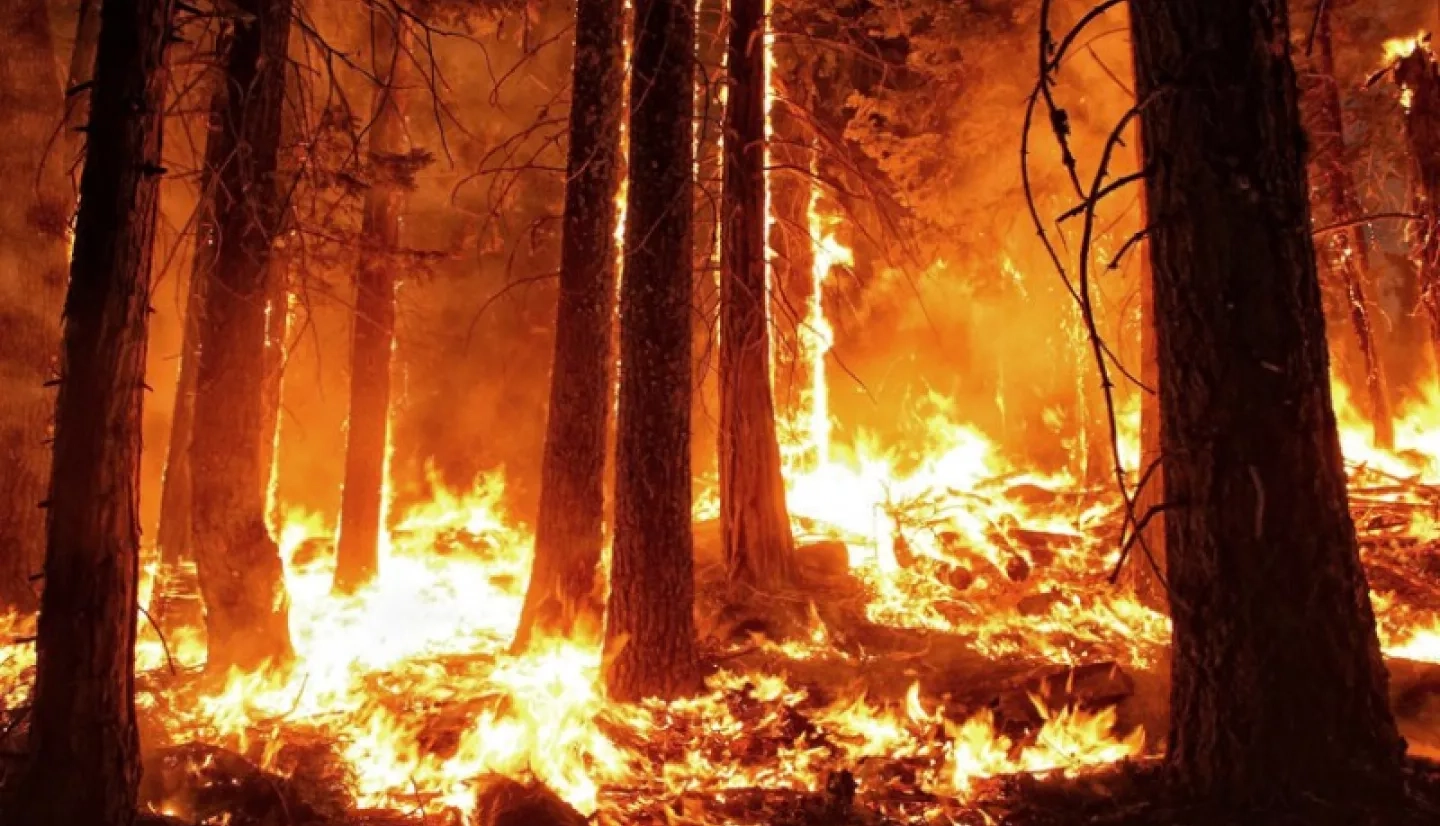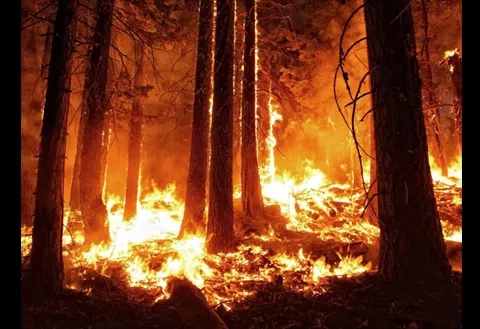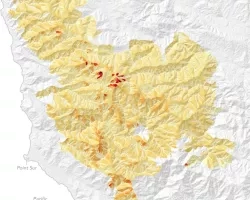Before, during, and after a fire, NASA Earth observations can inform local decision makers’ and first responders’ decisions to protect communities – all while helping them understand and work with the natural process of fires within their local ecosystems. To advance these capabilities, NASA is sponsoring a call for proposals, Technology Development for Support of Wildfire Science and Disaster Mitigation.
The effort aims to demonstrate new observation capabilities through the use of next-generation platforms that will enable high resolution measurements of critical targets – such as changes during active fires that indicate urgent developments in the fire’s spread or extent or burned area assessments that could show a heightened risk of dangerous debris flow.
The solicitation seeks proposals that span observation and information system technologies, including those that enhance capabilities of existing science instruments needed for monitoring pre-fire, active-fire, and post-fire environments; reduce size and power requirements of Earth-observing instruments; address computational challenges for real-time data processing; and facilitate machine learning and artificial intelligence.
It also will support the modeling of weather environments conducive to fire development and new Earth observations to increase understanding of the behavior of fires as they develop.
David Green is the program manager of the new Applied Sciences program area Wildland Fires. He said that NASA's Earth Science Division is prioritizing improvements in the prediction, management, and the understanding of overall impacts of wildfires. The Divisions’ Earth Science Technology Office is coordinating with the Applied Sciences and Research and Analysis Programs, the Aeronautics Research Mission Directorate (ARMD), and the Small Business Innovative Research program to create a new program element called Technology Development for Support of Wildfire Science, Management, and Disaster Mitigation, or "FireTech." Green adds that his Wildland Fires program area expects to work with FireTech to fund or augment selected projects.
Examples of how NASA Earth observations inform activities in fire preparation, understanding, and response can be found on the Wildland Fire program area homepage and the Disasters program area fires page. Proposals may be submitted at any time but will be reviewed quarterly starting with those submitted by August 2, 2022.
The main point of contact for A.53 FireTech is Michael Seablom who may be reached at Michael.S.Seablom@nasa.gov. The other points of contact are David Green (David.S.Green@nasa.gov), Barry Lefer (Barry.Lefer@nasa.gov), and Michael Falkowski (Michael.Falkowski@nasa.gov). Full details and instructions to apply for this solicitation can be found on the Wildfire Science, Management, and Disaster Mitigation (FireTech) proposal information page.




